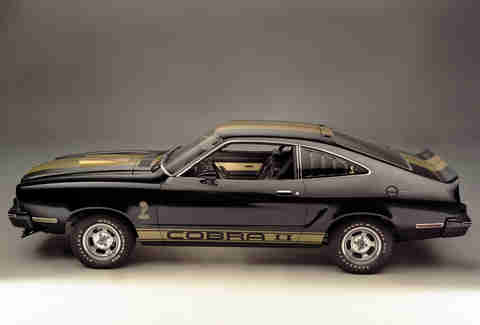
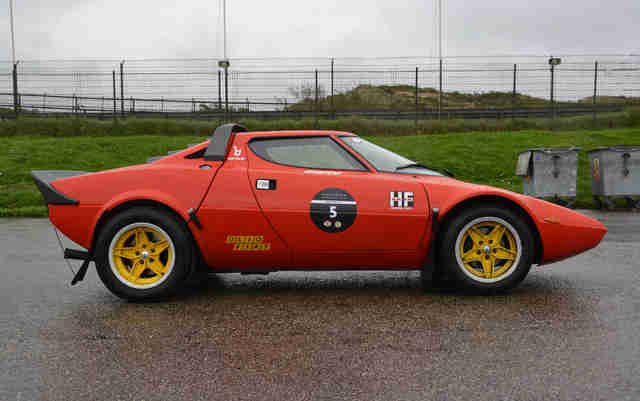
Iconic Cars: Lancia Stratos
The Stratos might be a rolling piece of Italian automotive art, but it’s also very literally all business. As the story goes, the concept rally car that led to the Stratos was penned by Italian design powerhouse Bertone specifically to woo Lancia, with whom Bertone had never worked.
The pitch was a hit — duh — and the resulting Ferrari Dino-engined supercar went on to claim a World Rally Championship three-peat, then drove right back into the dust from whence it came.
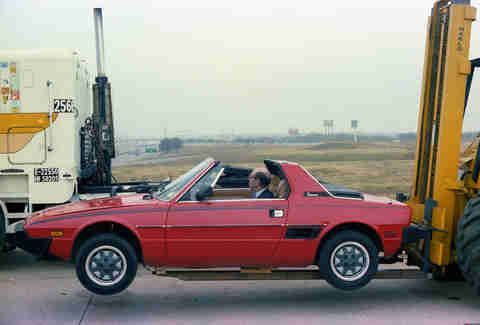
Fiat X1/9
Designed by the same man as the aforementioned Stratos — incidentally, Marcello Gandini also designed the DeTomaso Pantera and both the Lamborghini Countach and Miura, among many, many others — the X1/9 was a lightweight car that went toe to toe with the likes of Porsche’s 914. It had all of 61hp, but because it weighed down around 2,000lb, the handling was more than enough to make up for the lack of grunt. Basically, it was Fiat doing cheap cars right — when new in 1974, it cost just a smidge more than a well-equipped Mustang II.
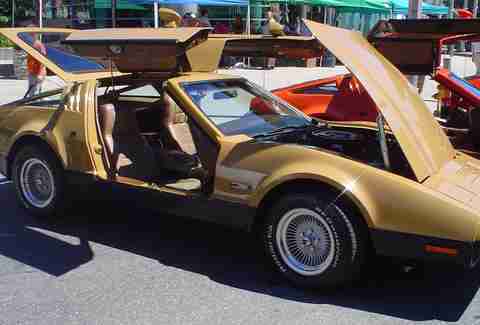
Bricklin SV-1
The Bricklin SV-1 (Safety Vehicle 1) is the eponymous vision of the man who also brought Subaru and Yugo to the United States. The basic idea was to make an ultra-safe vehicle that was also capable of seriously high performance, but given the actual quality, it’s seems more likely that Bricklin himself was seriously high. In theory, a fiberglass-bodied car with self-lifting gull wing doors and, depending on the year, either a Ford or an AMC V8 is great.
In reality, the fiberglass cracked, the engines frequently overheated, and the car was even more of a disaster than the similarly optimistic DeLorean.
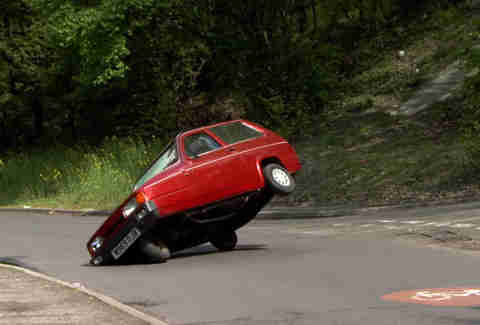
Reliant Robin
It’s all too easy to make fun of the hilariously unstable Robin, and frankly, no one aside from Robin owners gets tired of watching a car flip over with little more than a brisk tug on the steering wheel. In reality, the three-wheeler had so little in common with real cars that for decades “drivers” only needed a motorcycle license.
COURTESY OF FORD
Ford Mustang II
For the past few decades, the Mustang II has been little more than an asterisk in the history books. Mustang enthusiasts point to the fact that it shared a chassis with the also unloved Pinto, and the fact that you couldn’t get one with a V8 for the first year of its production was reason enough to wipe their collective memory (by year two, the V8 was back).
And yet, it boasted an increasingly garish array of style packages and gave birth to the notion of calling a Mustang a “5.0” on its way to a seriously strong sales record.

